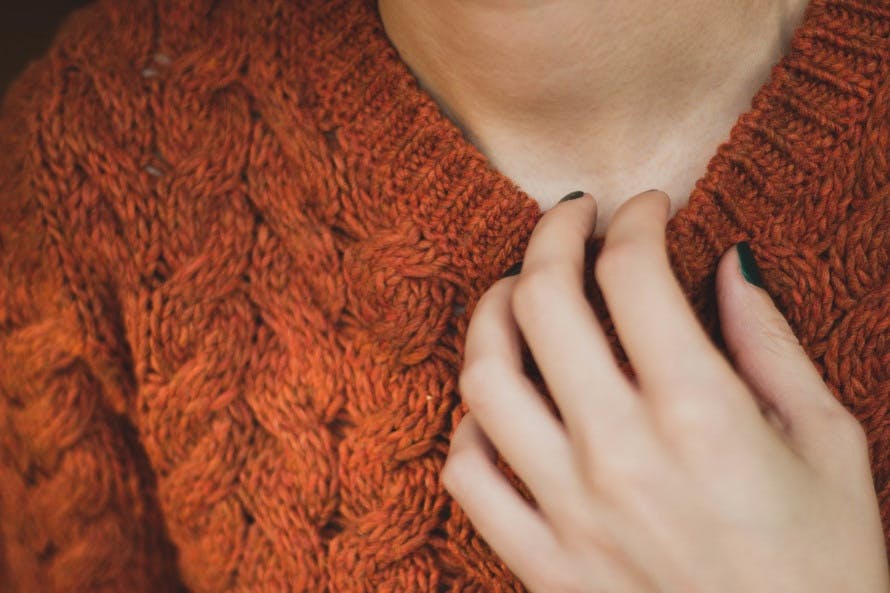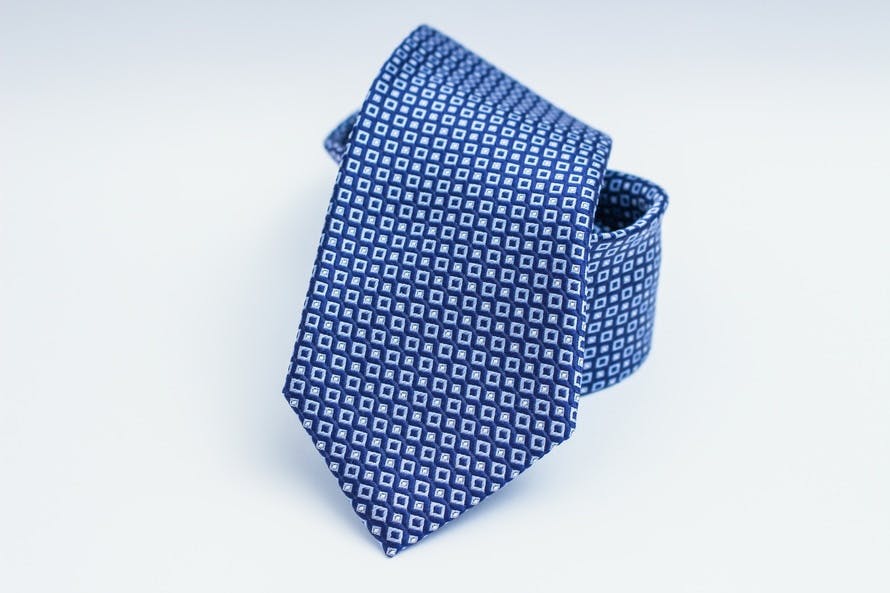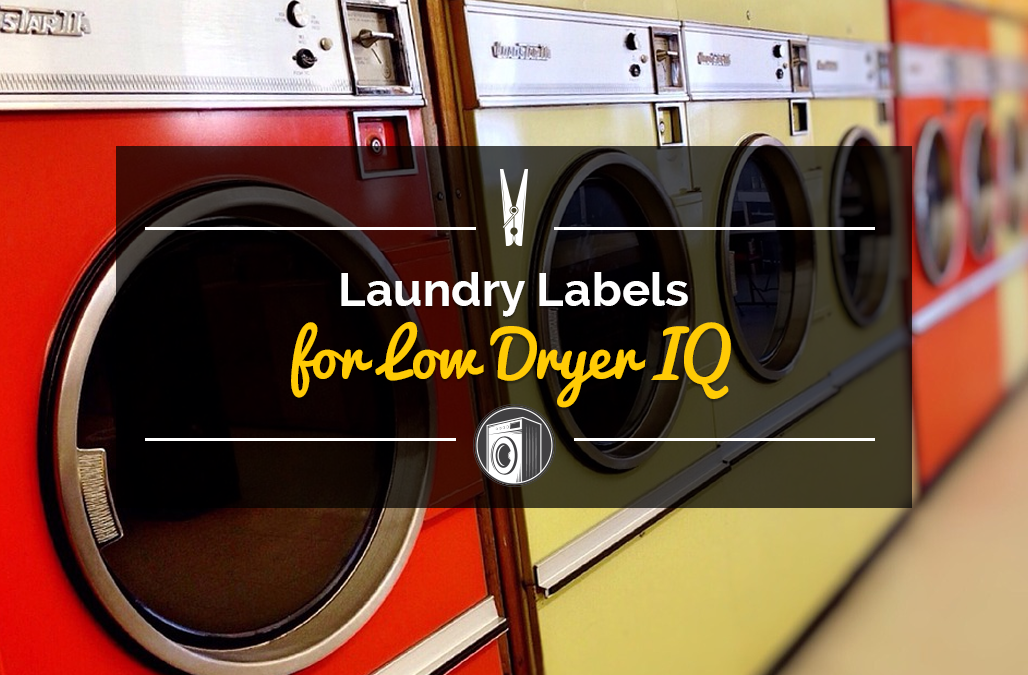If you have a low dryer IQ, chances are you’ve accidently ruined lots of pieces of clothing in your time. Many people find that doing laundry is difficult, and they often become frustrated when what should be a simple wash turns into a clothing disaster. However, doing laundry doesn’t have to be a chore or hard. In fact, you can learn how to do laundry easily and successfully every time. The secret lies in understanding laundry labels for your different clothing types, and washing and drying accordingly. This guide will help even the most challenged launderer clean even the trickiest garments without problems.
Why Having a High Dryer IQ Is Important
Clothing is necessary for most people. Whether you’re a fashionista or not, you’re sure to want and need to buy clothes pretty regularly. In fact, the average person spends quite a lot on their clothing over time, making your clothes a large investment. With this in mind, it only makes sense to make sure these clothes last as long as possible so that you get the most wear out of them. Unfortunately, poor, careless, or downright clueless laundry habits can have you sending that new dress or shirt that’s now three sizes too small to the thrift store. Of course, sometimes things happen during laundry that can ruin your clothes, and it’s no one’s fault, but most of the time, these mishaps are due to you having a low dryer IQ about some of your favorite pieces. Some clothes are more expensive than others, usually those made with nice fabrics such as cotton and silk, which is why knowing how to handle them and others is imperative. You’ll save money and your precious clothes by simply taking the time to learn a little more about them.
Cleaning and Drying Tips for the Most Problematic Fabrics
The following are the fabrics most likely to be ruined during laundry day. However, knowing how to take care of each of these pieces can help you save your closet from losing staple pieces to a wrong dryer setting. However, be warned: you should always check the label on the clothing before proceeding. These are simply guidelines to help you along when in doubt:
Cotton
- Cotton is a natural fiber that is probably the most used fiber for all clothing types. In fact, cotton has been used in clothing for thousands of years. Versatile, soft, and rather durable, cotton is viewed as a true staple in clothing. However, cotton can be tricky to wash and dry if not done correctly. As a good rule of thumb, wash cotton garments with warm water, and tumble dry on a very low heat. Some directions may say to use cold water only, in which case you should follow that directive. If not washed correctly, cotton has the tendency to shrink. It is best to dry cotton garments on low heat and to remove them from the dryer while still cool, but not damp.
Wool

- Natural and soft, wool is derived from the fluffy coats of sheep and can be transformed into a versatile fiber used in clothing. It’s naturally insulating, making it an incredibly warm fabric, and is rather easy to dye, which is why wool clothing can come in some of the most vibrant colors. Natural wool is easily washable, but most wool garments cannot just be thrown in the washer. Instead, dry-cleaning is the best way to go when it comes to cleaning wool clothing. If you wash at home, however, it is best to hand wash in lukewarm water to avoid shrinkage, and then hang up to dry. You may also need to reshape the garment to keep it from getting lumpy or overly wrinkled.
Silk

- Silk is one of the oldest materials used to make clothing. Another natural fiber, silk is both strong and flexible, and incredibly luxurious. In fact, silk clothing is amongst the more expensive garments, making it super important that it is cleaned with great care. When washing and drying silk, it is best to let the label guide you. Some silk garments call for “Dry Clean Only” while others require hand-washing, certain water temperatures, and gentle cleansers. When it comes to putting silk in the dryer: don’t. Even the lowest dryer setting can ruin silk clothing beyond repair. It is best to soak up any extra moisture with a soft towel, and then hang to dry. You may also press silk garments with a warm iron to get rid of any wrinkles, just be sure to turn the clothing inside out before doing so.
Linen
- Derived from the flax plant, linen is a natural fiber used in some of the softest and easiest to wear garments. With this fabric, it is best to check care labels first before cleaning. If your linen garment is machine washable, be sure to follow the instructions on the care label. Cool water is usually best for linen fabrics, but this may not always be the case depending on color and other factors. When drying, put on a low heat and tumble dry. When ironing, be sure to turn the garment inside out and use a high setting.
Now that you know how to handle some of the most problematic fabrics, you should be able to wash your clothes without any casualties. Remember that while these guidelines should help in most situations, you should always check the laundry label before washing and drying. With these tips, you don’t have to lose any more clothes to a low dryer IQ.



